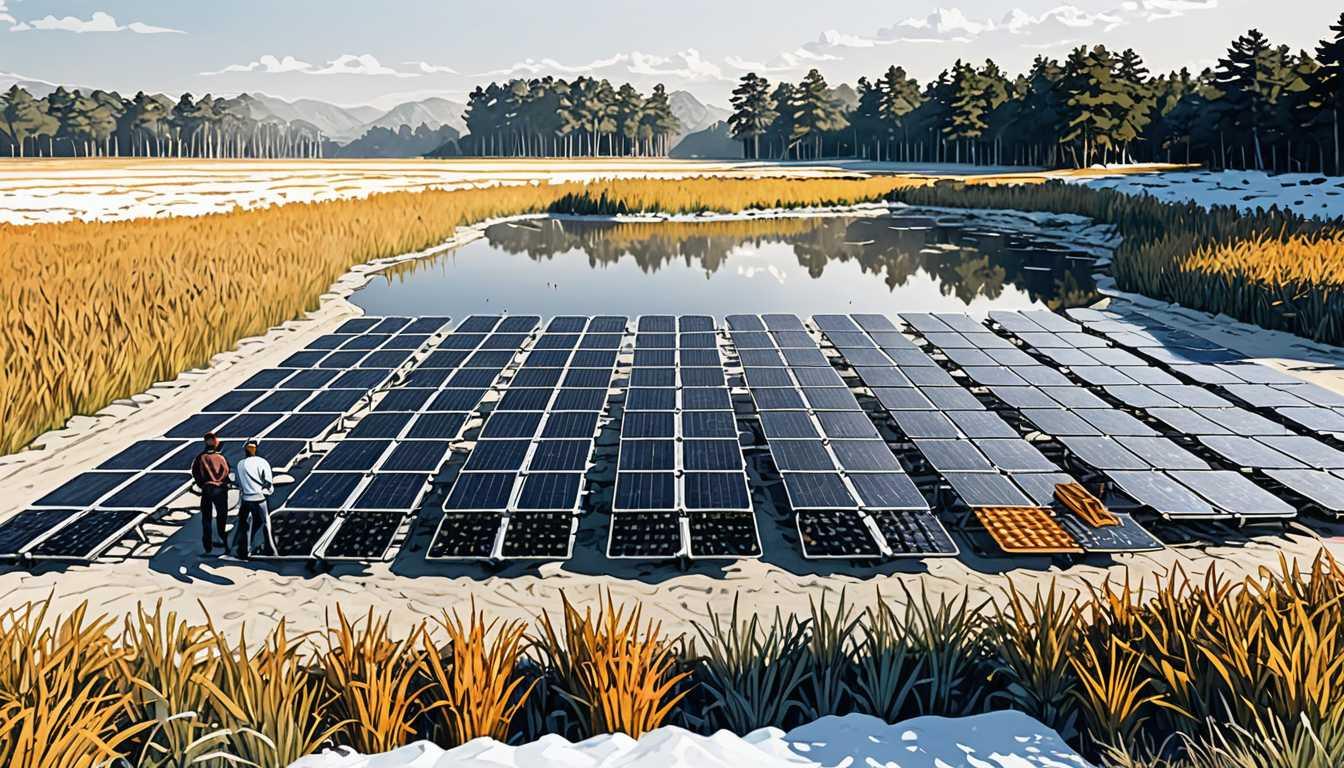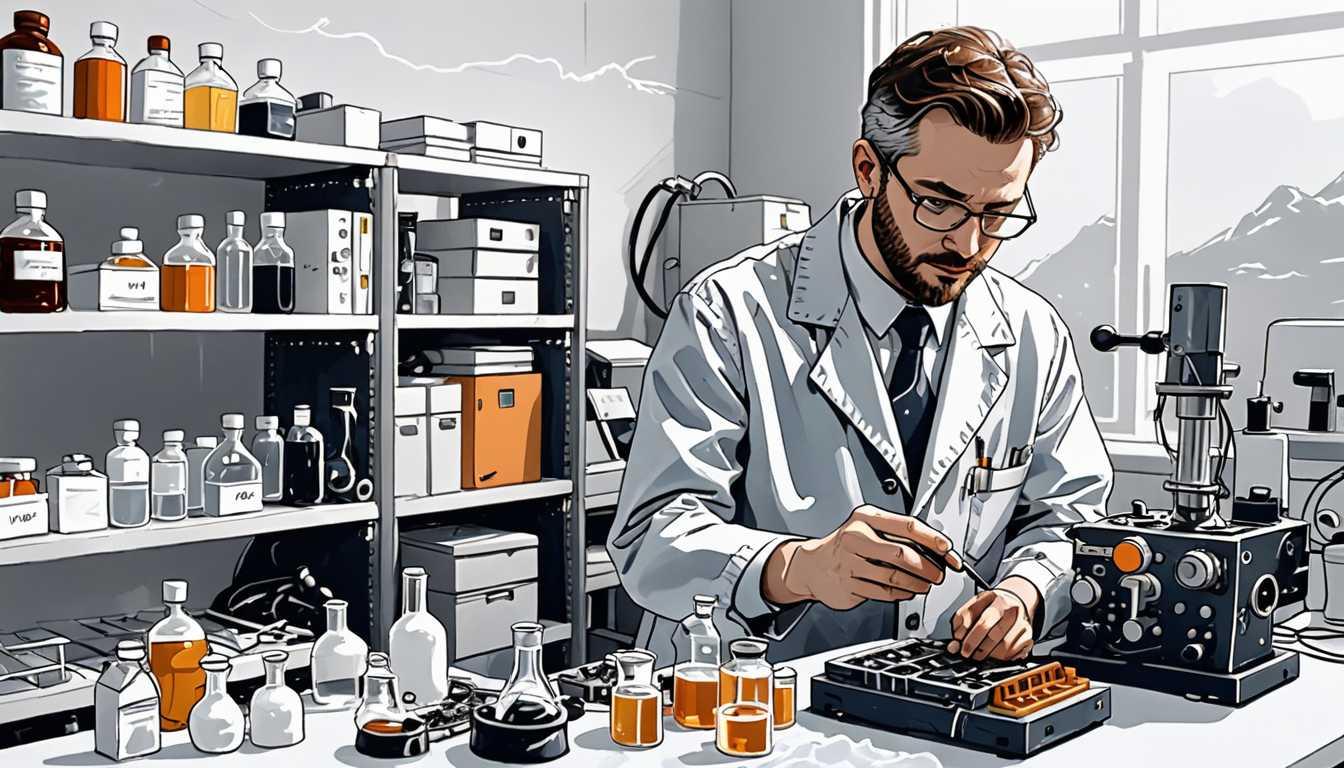The Hidden Gases of Climate Change Explained
September 2024
MIT Technology Review
Introduction
Hey there, eco-explorers! Ready to dive into the world of greenhouse gases? This article from MIT Technology Review’s The Spark gives you the lowdown on how sneaky gases like sulfur hexafluoride (SF6) and methane are major players in climate change! You’ll learn why CO2 gets all the attention while these gases pack a serious punch. Want to know what’s lurking in the atmosphere? Click to uncover the secrets of these invisible villains!
READ FULL ARTICLEWhy It Matters
Discover how this topic shapes your world and future
Unveiling the Invisible Threat of Greenhouse Gases
Understanding greenhouse gases, particularly sulfur hexafluoride (SF6) and its companions, is crucial in the fight against climate change. These gases trap heat in our atmosphere, contributing significantly to global warming. While carbon dioxide often steals the spotlight due to its high emissions, gases like SF6 and methane are exceptionally potent, even if they are released in smaller amounts. This means that, collectively, they pose a serious risk to our planet’s future. In a world where climate change impacts everything from weather patterns to food security, recognizing the full range of greenhouse gases can inspire you to think critically about environmental issues and your role in creating solutions.
Speak like a Scholar
Greenhouse Gas
A gas that traps heat in the atmosphere, contributing to the greenhouse effect and global warming.
Fluorinated Gases
A group of human-made gases that are very effective at trapping heat, including sulfur hexafluoride (SF6) and hydrofluorocarbons (HFCs).
Carbon Cycle
The natural process through which carbon is exchanged among the atmosphere, land, water, and living organisms.
Global Warming Potential (GWP)
A measure of how much heat a greenhouse gas traps in the atmosphere compared to carbon dioxide over a specific time period.
Tipping Point
A critical threshold at which a small change can lead to significant and often irreversible effects on the climate system.
Mitigation
Efforts to reduce or prevent the emission of greenhouse gases to limit the impact of climate change.
Independent Research Ideas
The Role of SF6 in Renewable Energy
Explore how this gas is used in high-voltage equipment and investigate alternatives that could mitigate its environmental impact.
Comparative Analysis of Greenhouse Gases
Study the varying Global Warming Potentials of different greenhouse gases, focusing on methane's short-lived but potent effects compared to carbon dioxide.
Agricultural Practices and Nitrous Oxide Emissions
Investigate how farming techniques can be adjusted to minimize nitrous oxide emissions, examining the balance between productivity and environmental sustainability.
Fluorinated Gases and Climate Policy
Analyze the effectiveness of international agreements, like the Montreal Protocol, in addressing fluorinated gas emissions and consider lessons learned for current climate challenges.
The Impact of Tipping Points on Ecosystems
Research potential tipping points in climate systems, such as ice sheet melting, and their implications for global climate patterns, emphasizing the importance of early warning systems.
Related Articles

Land: The Key to Climate Success
November 2024
MIT News

Contrails: The Unexpected Climate Culprits
August 2024
Imperial College London

Floating Solar: The Hidden Emissions Dilemma
January 2025
Cornell News Highlights

Turning Toxic Water Safe: A Simple Science Win
August 2022
University of California

Making It Snow: The Future of Weather
August 2024
MIT Technology Review